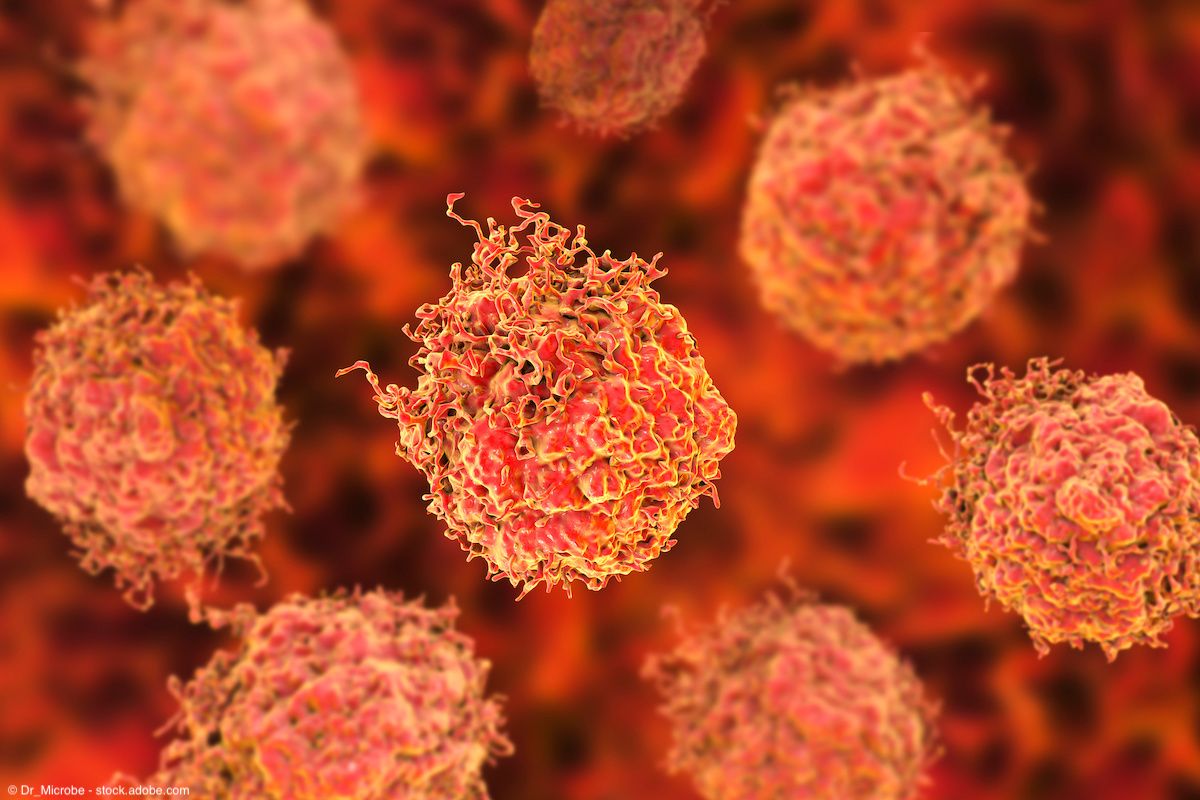
Prostate Cancer
Latest News
Latest Videos
CME Content
More News

"Patients with metastatic hormone-sensitive prostate cancer benefited from treatment with darolutamide plus ADT and docetaxel regardless of age," said Joan Carles, MD, PhD.
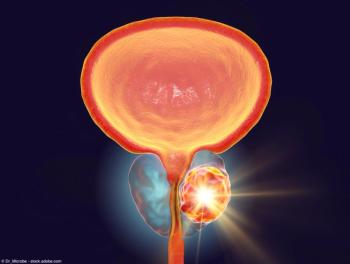
In both racial cohorts, median MFS was not reached in the darolutamide group.
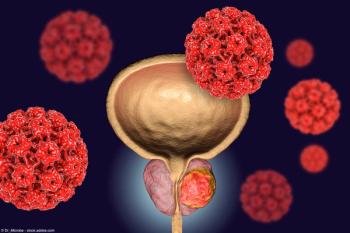
“Looking at our overall results, not surprisingly, we can show a clear benefit of ARPIs on overall survival," says David Fisher, MSc, MA.

The investigators reported an HR for OS of 0.796 (95% CI, 0.661-0.958; 2-sided P = .0155) for talazoparib/enzalutamide vs enzalutamide/placebo.

The software generates heatmaps to help identify prostatic tumors that may have been missed on initial reads.

"The management of advanced prostate cancer has evolved significantly, driven in part by the integration of diverse biomarkers that guide treatment decisions from diagnosis through progression," says Nedim Ruhotina, MD.

"We need to promote further research and guidelines for safe use of these natural products, because I think we're missing out if we don't monitor them," says Channing J. Paller, MD.

"My second book is on pelvic pain or prostatitis. It is focused on a holistic approach and stretches and mindfulness exercises," says Vanita Gaglani, RPT.

A recap of the FDA submissions and regulatory decisions in urology from January 2025.

“Black patients have over 2-fold excess mortality compared to White men, and that has been fairly consistent; the actual rate ratio has hovered between 2 and 2.5 for many years,” says Matthew R. Cooperberg, MD, MPH.

The primary end point is 12-month radiographic progression-free survival.

A list of facts and trends to know about the current landscape of urologic cancer management and research in the US.

The data also showed that mortality plateaued in recent years despite declining in years prior.

"Most of these comorbidities, while they do affect the bladder, don't seem to affect the surgeries for stress urinary incontinence," says Jaspreet S. Sandhu, MD.
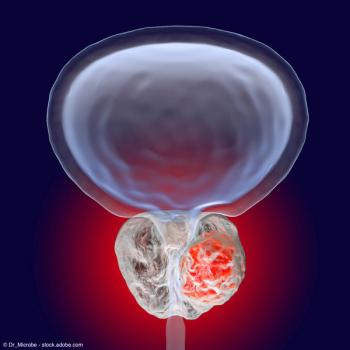
The incidence of late grade 2 or greater GU toxicity at 5 years was 12.5% among those who did experience acute toxicity vs 7.5% among those who did not.

"We need to think carefully about what we're putting in our body and what the regulations are about natural products that we ingest," says Channing J. Paller, MD.

“It does seem clear that we need to get back to a smarter middle ground of screening—using screening more intelligently, finding the high-grade cancers and treating them—so that we can get that mortality curve back on a downward trajectory,” says Matthew R. Cooperberg, MD, MPH.

“MPS2 could potentially improve the health of our patients by avoiding overdiagnosis and overtreatment and allowing us to focus on those who are most likely to have aggressive cancers," says Ganesh S. Palapattu, MD, FACS.

"I think we're learning slowly—I hope faster—how to use these agents as any other drug that a pharmaceutical company would study," says Channing J. Paller, MD.
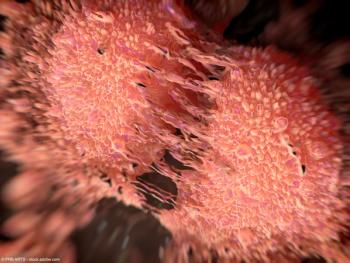
Overall, the open-label phase 1/2 study is assessing the safety and anti-tumor activity with INKmune across 3 dose levels.

"I use a multi-pronged approach. I focus on behavior modification, nutrition, hydration, and exercise," says Vanita Gaglani, RPT.

According to the authors, these findings highlight the need to more effectively include Black men in prostate cancer research.
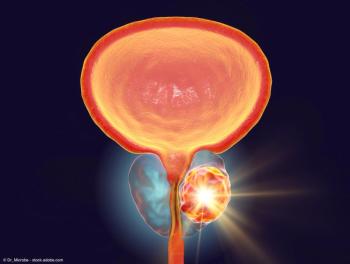
“The key here is I don’t believe that testosterone increases the risk of prostate cancer progression or biochemical recurrence," says Mohit Khera, MD, MBA, MPH.

"This study provides a comprehensive review of the role of natural products as complementary treatments for prostate cancer," says Channing J. Paller, MD.

Overall, 39% of those who received a university-formatted report and 56% of those who received a VA-formatted report were able to identify that they had prostate cancer.



